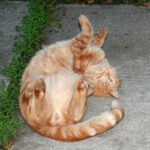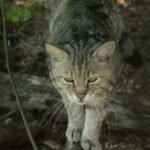Cats have captivated human attention for centuries, with their sleek fur, enigmatic eyes, and diverse body shapes. Among these fascinating felines, certain breeds have gained notoriety due to their unique anatomical structure: short legs and long bodies. This article explores the science behind these morphological traits, delving into genetics, evolutionary theories, and breed-specific characteristics.
The Anatomy of Short-Legged Cats
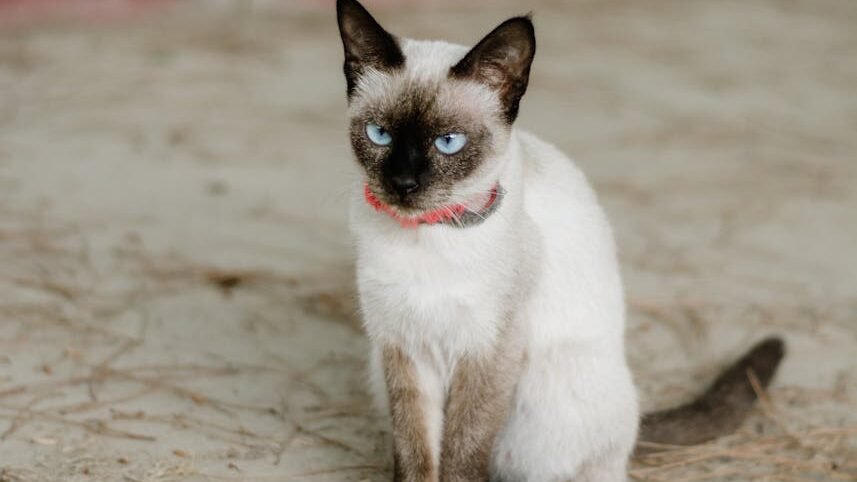
Short-legged cats, often referred to as “dwarf” or “miniature” felines, are characterized by their noticeably shorter limb bones compared to average-sized cats. Despite their unique appearance, most of these breeds maintain the standard proportion of vertebrae, which contributes to their elongated bodies. Understanding this anatomy is critical to appreciating how these cats move and interact with their environment.
Genetic Roots: The Role of Mutations
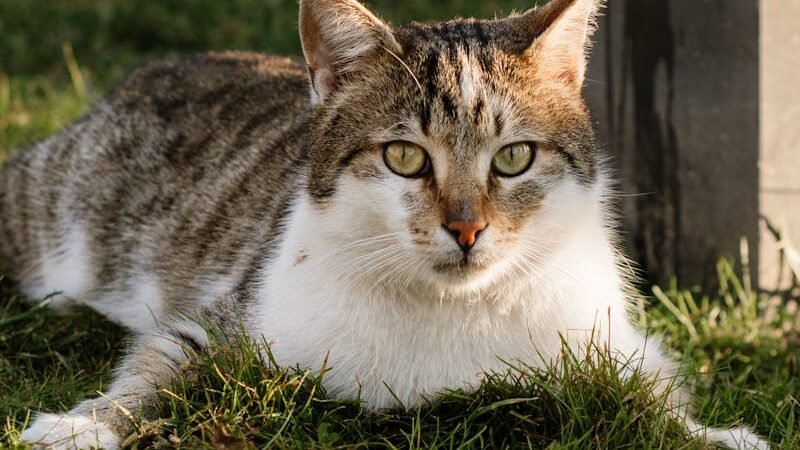
The defining trait of short-legged cat breeds, specifically their truncated limb length, is primarily due to genetic mutations. The most well-known gene associated with this trait is FGF4, which has been linked to a type of dwarfism known as hypochondroplasia. This genetic mutation affects cartilage development, leading to shortened long bones while leaving the axial skeleton—such as the spine—unaffected.
Breeds Known for Short Legs and Long Bodies
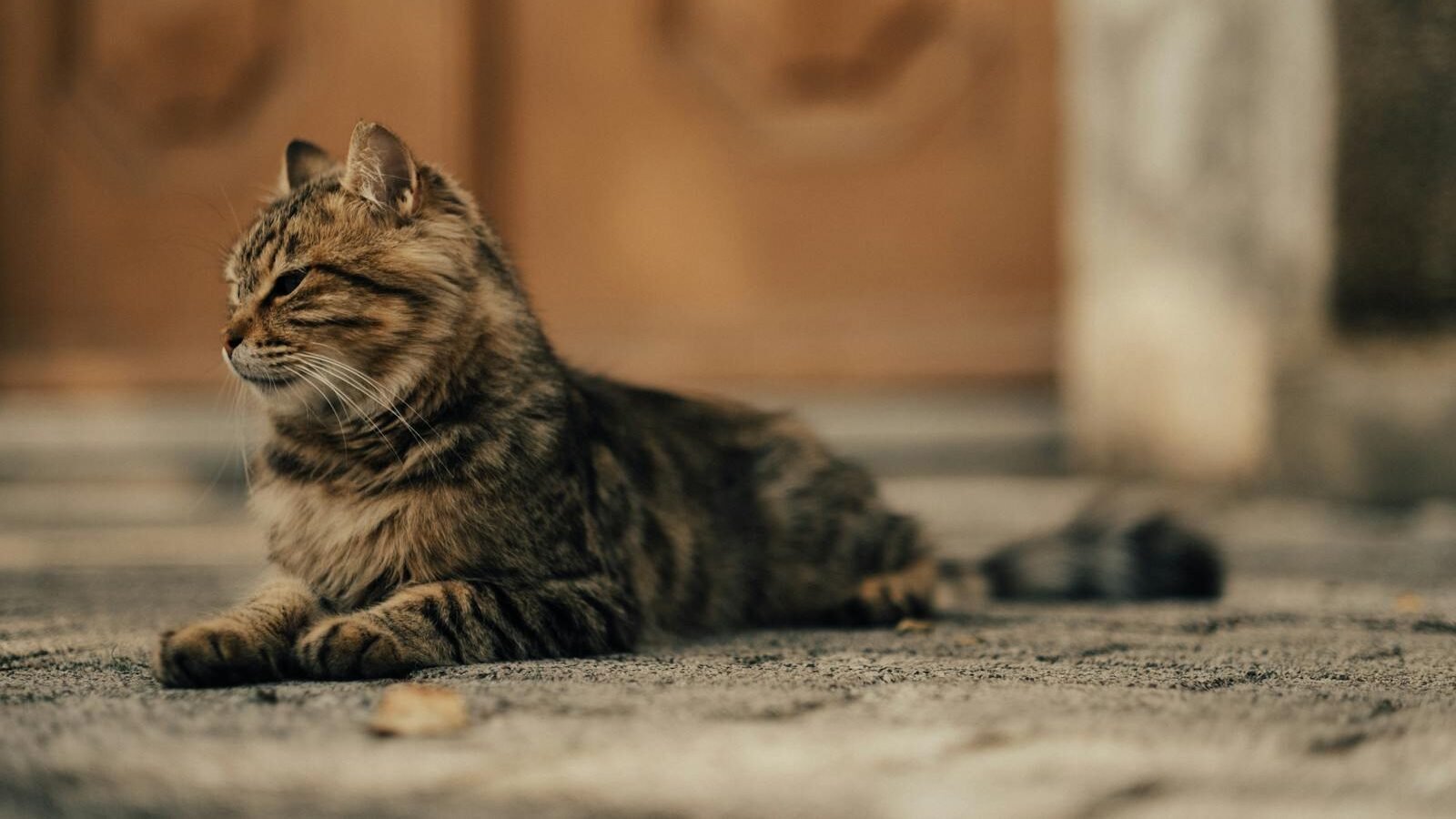
Several cat breeds are celebrated for their compact legs and distinctively stretched torsos. Among these are the Munchkin, the most recognized breed, along with hybrids like the Napoleon, Lambkin, and Genetta. Each of these breeds carries the dwarfism gene, resulting in their unique appearance.
Why Long Bodies Accompany Short Legs
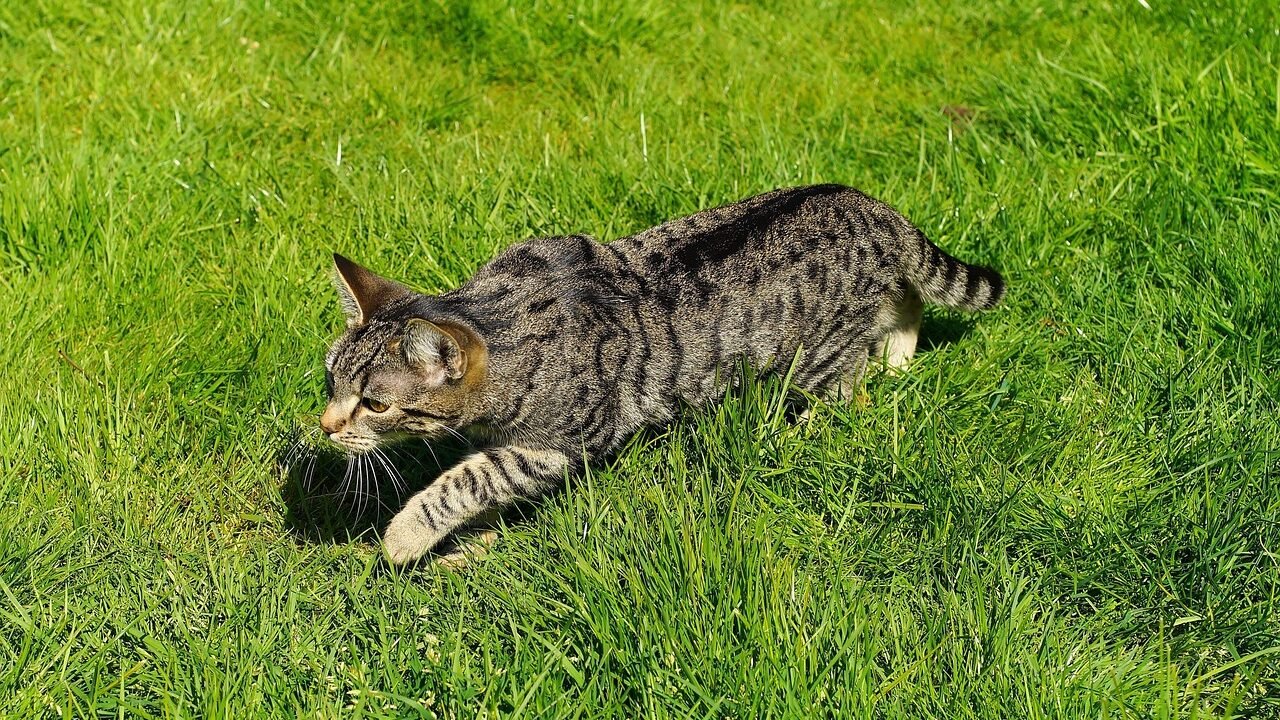
The phenomenon of long bodies in short-legged cats may be a compensatory adaptation. As their limbs are shortened, elongation of the body might provide an evolutionary balance, aiding in stability and agility despite a lower center of gravity. This anatomical structure allows these cats to maintain impressive mobility.
Evolutionary Theories: Adaptation vs. Human Influence
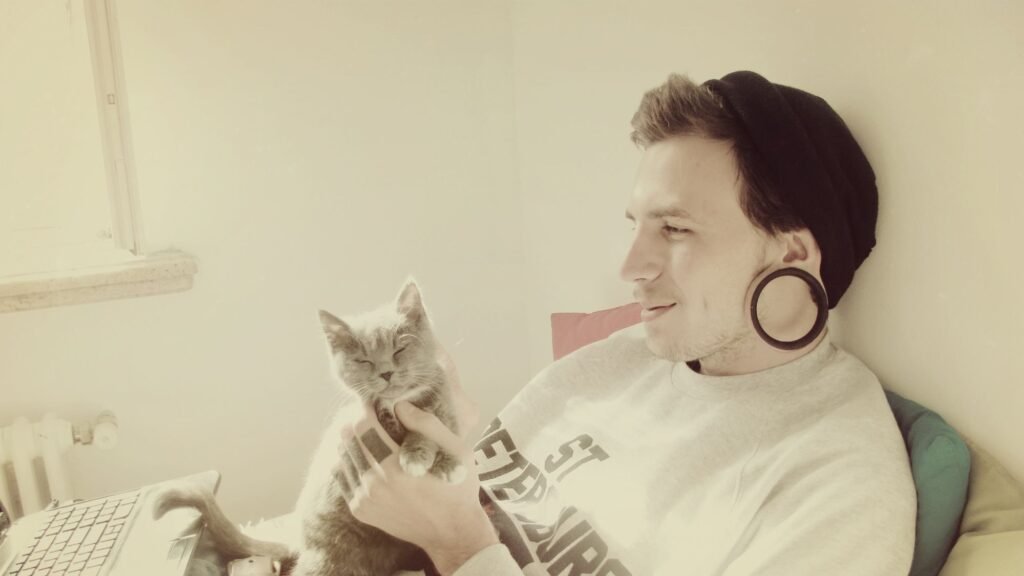
While the short-legged phenotype in cats could theoretically offer certain evolutionary advantages, such as efficient navigation through underbrush or small spaces where prey might be found, the prevalence of these traits in domestic breeds largely results from selective breeding by humans rather than natural selection. Breeders intentionally perpetuate these traits for novelty and aesthetic preference.
Benefits Beyond Aesthetics
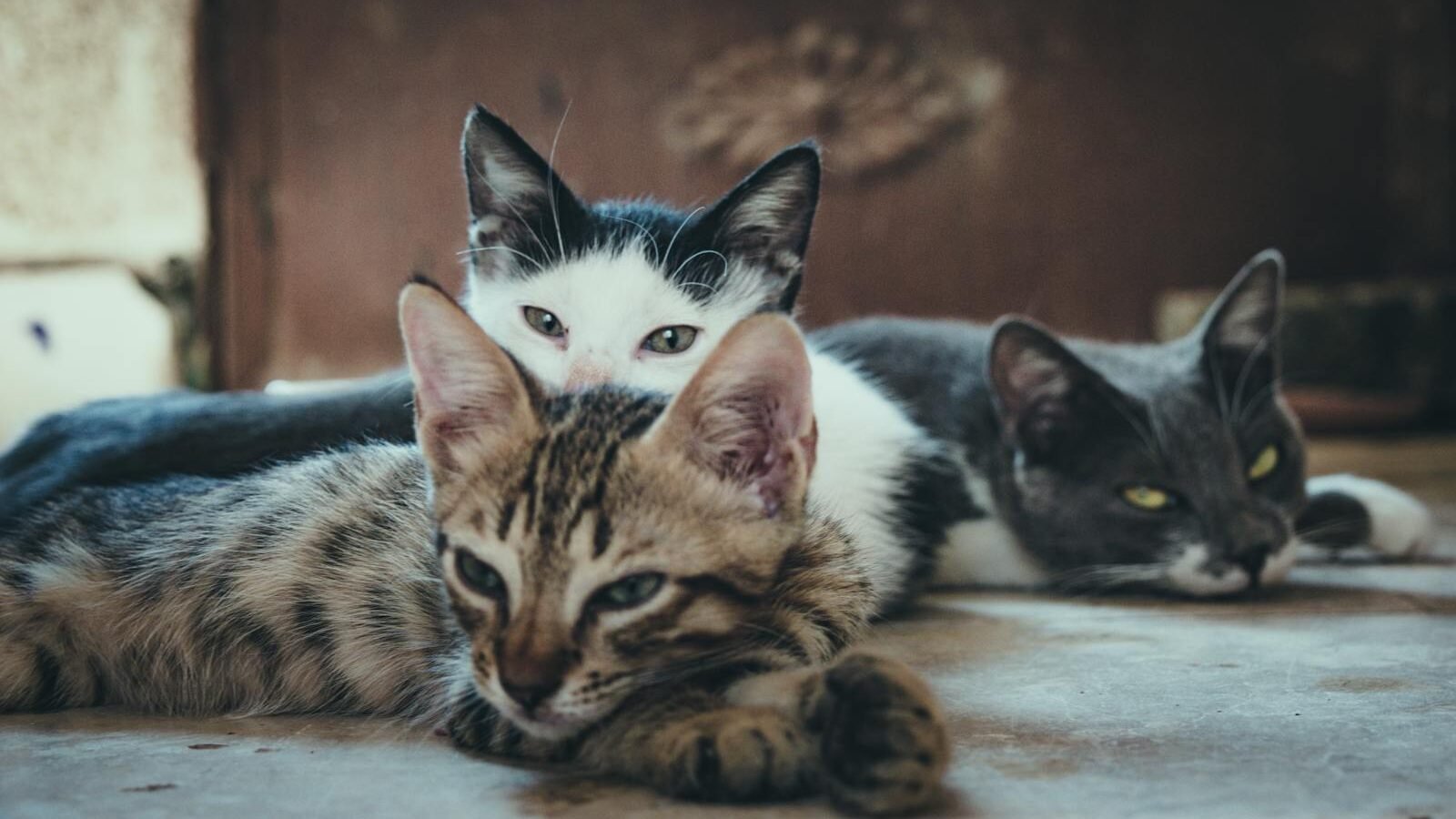
In addition to their distinctive appearance, short-legged cat breeds often possess a center of gravity that may contribute to a playful and dynamic personality. These cats are known for their playful antics and lively disposition, captivating owners with their unique charm and spirited interactions.
Potential Health Considerations
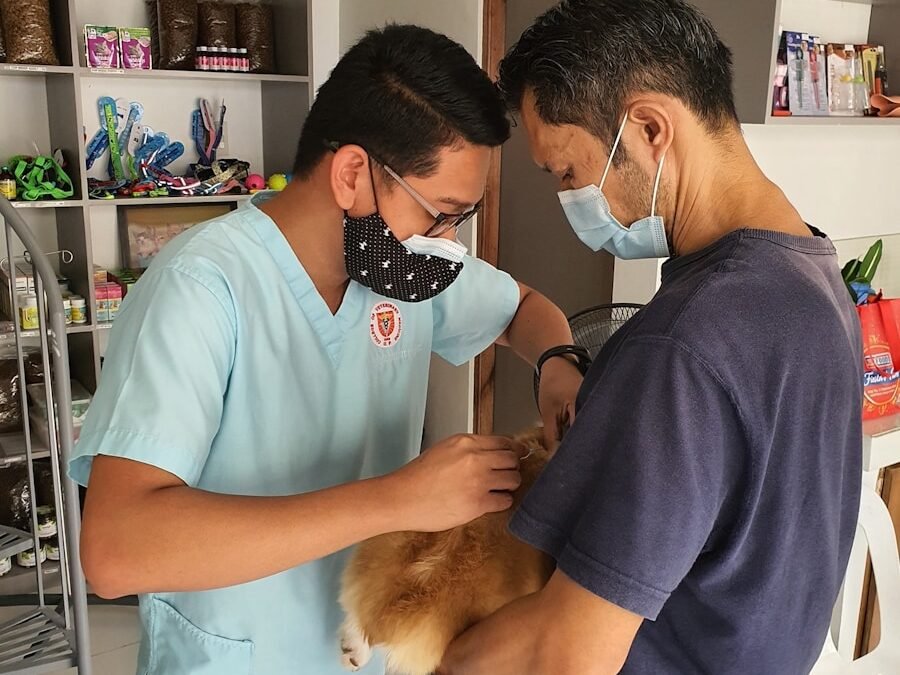
While these unique breeds bring joy to many, their unusual anatomy can lead to potential health issues. The same genetic mutations that cause short-leggedness can sometimes be accompanied by joint problems or spinal issues, necessitating careful breeding practices and vigilance in veterinary care.
Caring for Short-Legged Cats
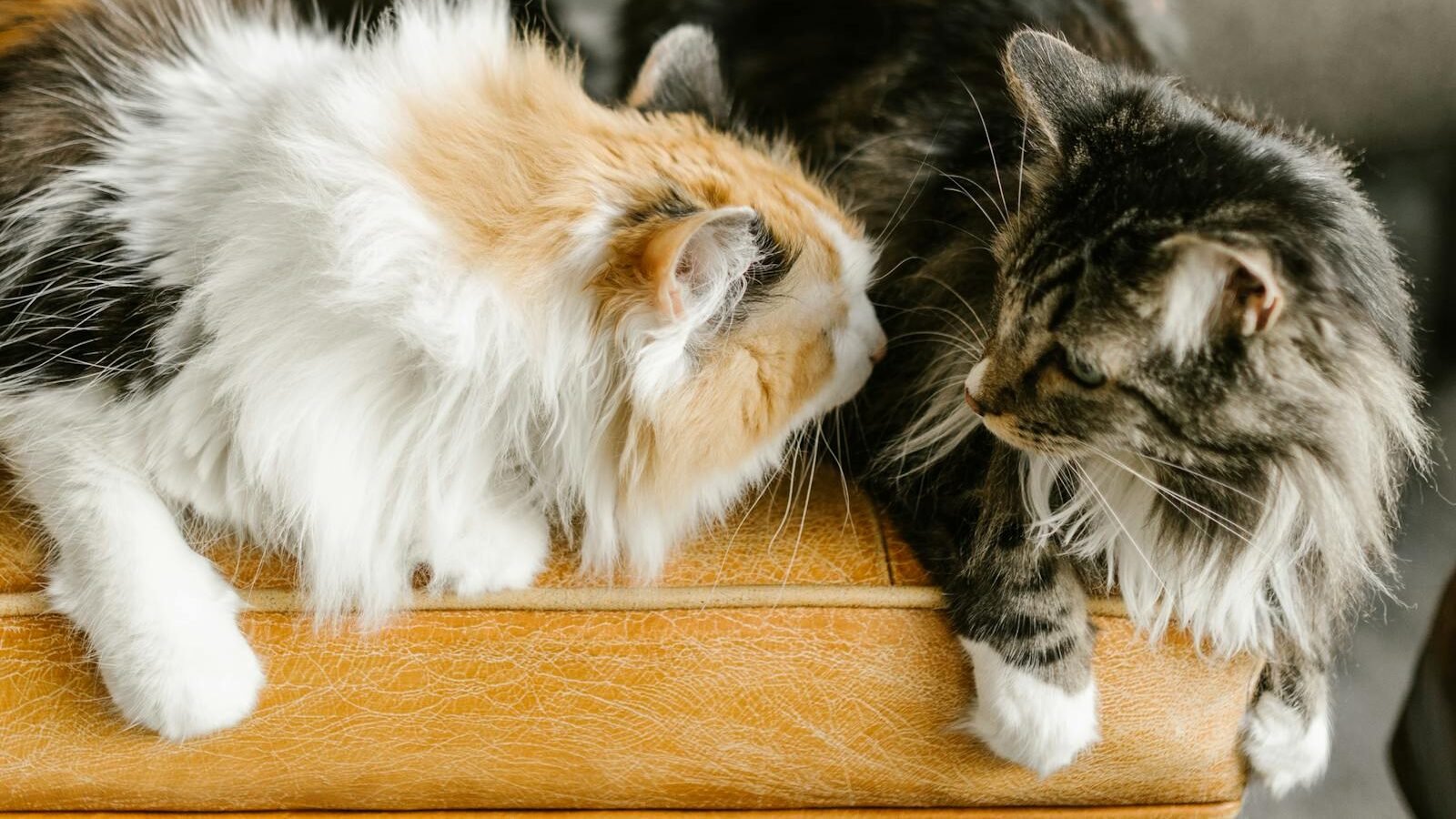
Owning a short-legged cat requires consideration of their specific needs. Providing environments that cater to their anatomical structure—such as ramps or steps—and ensuring regular veterinary check-ups are essential. Understanding each breed’s temperament and engaging them in regular play can also enhance their well-being.
The Future of Short-Legged Cat Breeds
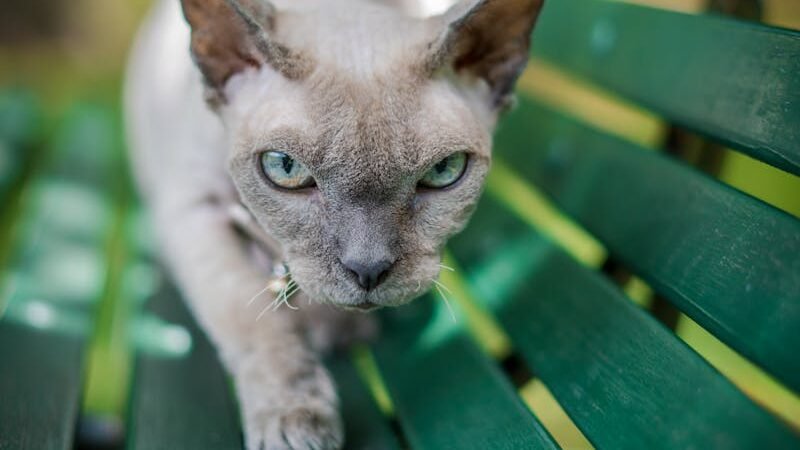
As feline enthusiasts continue to embrace these unique breeds, ethical breeding practices become ever more critical. The focus should remain on ensuring the health and vitality of these beloved cats while appreciating the distinctive genetics that make them special. A more profound understanding of their needs and characteristics can enhance both their quality of life and their relationship with humans.
Conclusion
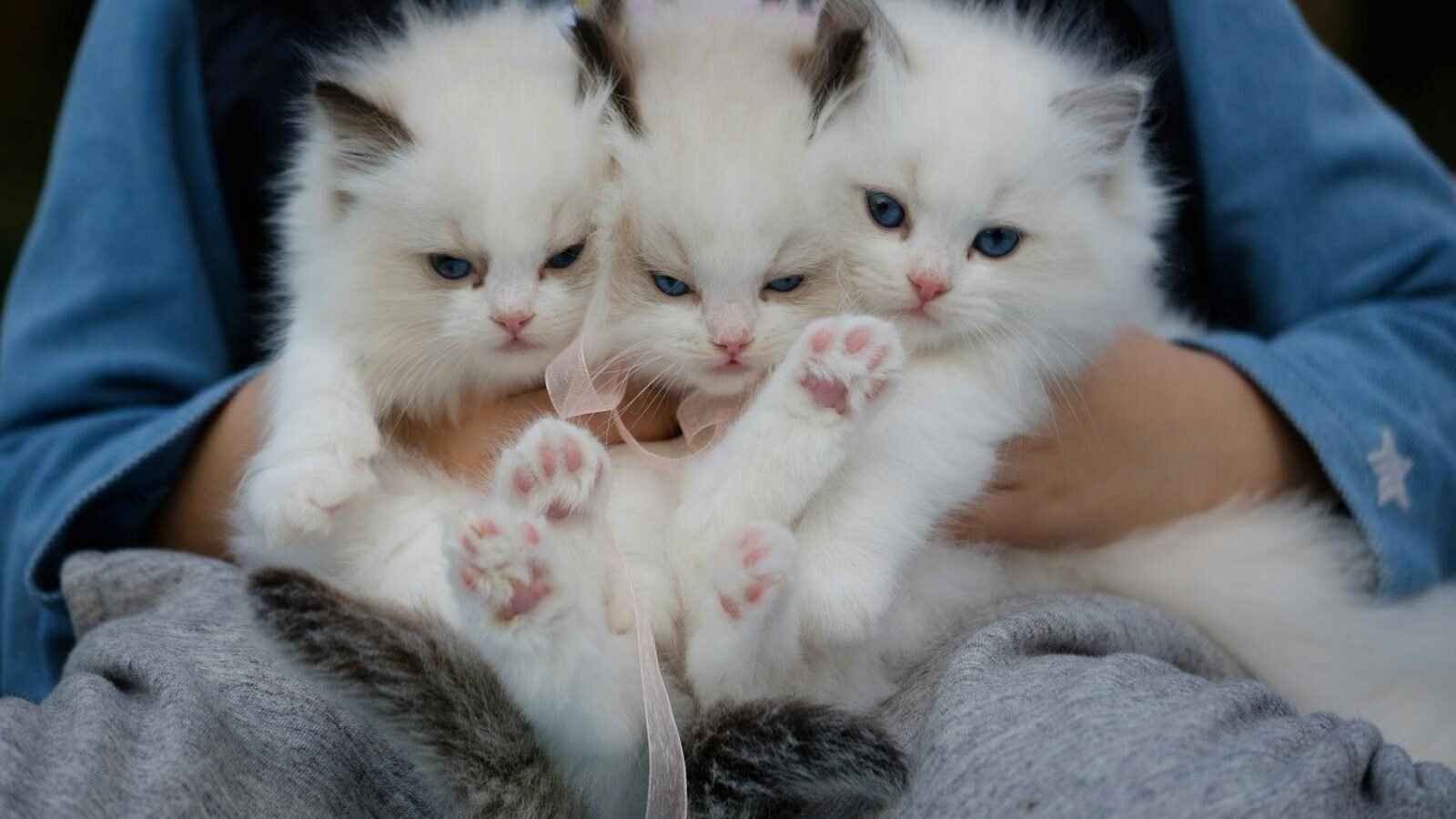
The allure of short-legged, long-bodied cat breeds lies in both their captivating appearance and the genetic mysteries they embody. As we unravel the science behind their unique physiology, it’s essential to balance aesthetics with commitment to responsible breeding and care. These remarkable breeds not only enrich the tapestry of feline diversity but also offer intriguing insights into genetic expression and adaptation.

With over a decade of experience as a dedicated cat lover and enthusiast, I specialize in writing captivating content about all things feline. My expertise shines through in creating engaging and informative pieces that resonate with fellow cat lovers. As a proud cat parent to my beloved Duston, my personal connection to the world of cats adds authenticity and warmth to my work, making it relatable and heartfelt.


